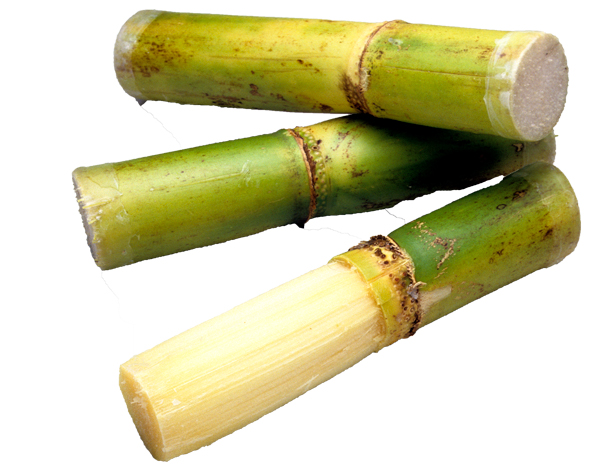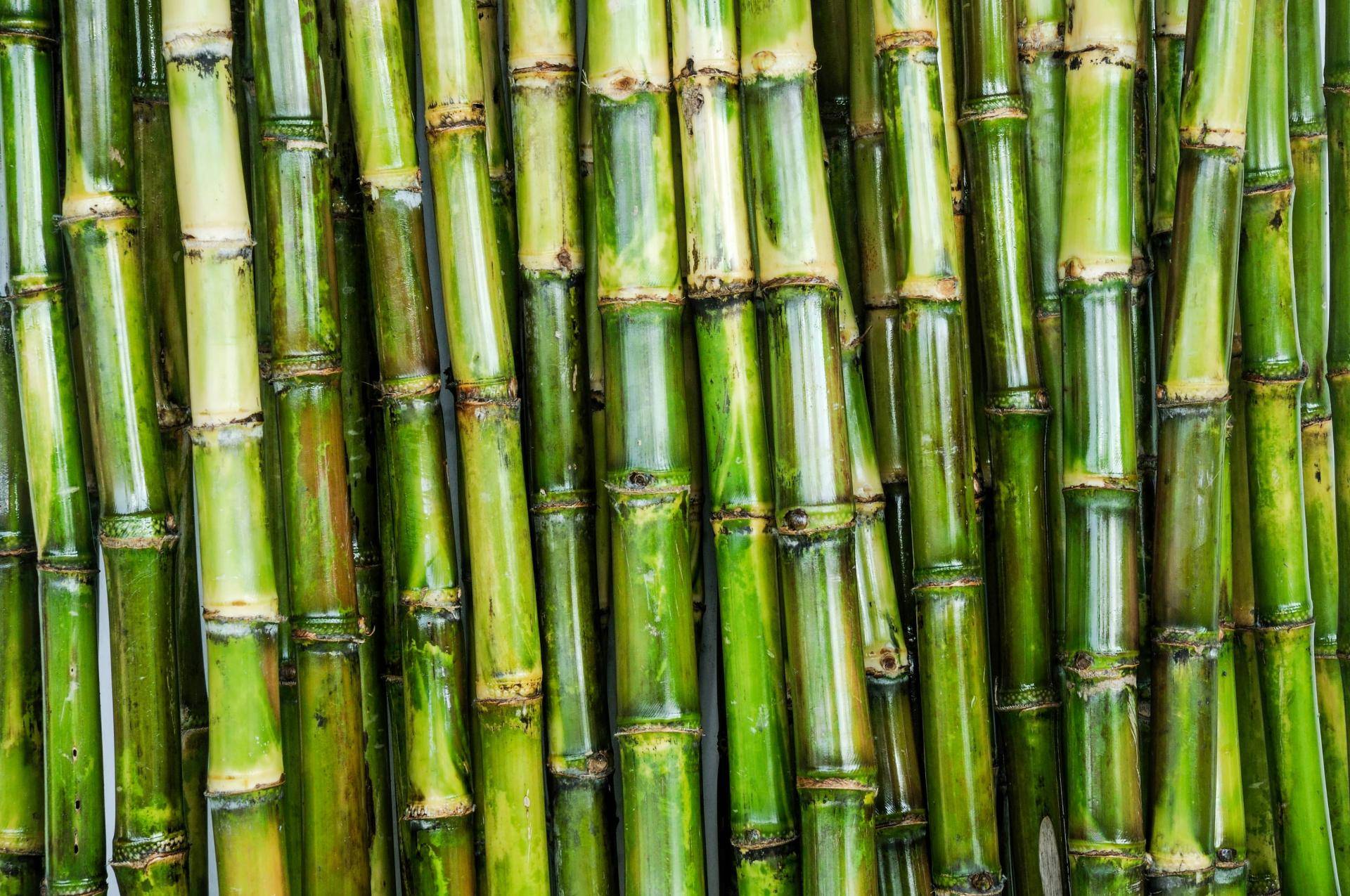From Field to Table: The Journey of Sugar and Cane
Why Cane Sugar Handling Chemicals Are Critical for Modern Sugar Refining
The function of cane sugar processing chemicals in modern-day sugar refining can not be overstated, as they are important to boosting both the effectiveness of extraction and the general top quality of the final item. Representatives such as phosphoric acid and particular flocculants are employed to eliminate contaminations, resulting in sugar that not only satisfies consumer assumptions but also adheres to market criteria.
Role of Processing Chemicals
The effectiveness of walking cane sugar handling hinges significantly on the tactical application of processing chemicals. These chemicals play an essential role in boosting the effectiveness and high quality of sugar removal and refining. From the preliminary stages of juice removal to the last purification steps, handling chemicals help with numerous important procedures.
In the removal stage, chemicals such as phosphoric acid and calcium hydroxide are employed to optimize the explanation procedure, aiding to eliminate contaminations and suspended solids from the walking stick juice. This not only improves the return however also makes sure the quality of the end product. Additionally, agents like flocculants aid in the fast settling of impurities, therefore improving the total procedure.
As the processing developments, chemicals are made use of in decolorization and formation phases. Turned on carbon and ion exchange resins offer to remove color and odor, making sure that the polished sugar fulfills consumer top quality criteria. Eventually, the function of processing chemicals expands past functional performance; they dramatically impact the sensory attributes of the end product, adding to market competition. Therefore, the meticulous choice and application of these chemicals are crucial for accomplishing optimum end results in walking cane sugar handling.
Trick Types of Chemicals
Walking stick sugar handling depends on a variety of crucial chemicals that facilitate each stage of production. These chemicals play necessary roles in clarifying, bleaching, and purifying the sugar extracted from walking cane.
One key category of chemicals includes flocculants, such as polyacrylamide, which aid in the information procedure by advertising the gathering and settling of contaminations. In addition, calcium hydroxide is frequently employed to neutralize acidity and help in the removal of non-sugar elements.
Whitening agents, such as triggered carbon and sulfur dioxide, are utilized to decolorize the syrup, leading to a more clear last item. These chemicals aid remove shade substances that might influence the sugar's look and marketability.
Moreover, phosphoric acid works as a pH regulator during the processing stages, ensuring optimal conditions for the chemical tasks associated with sugar removal and filtration.
Other essential agents include edta (ethylenediaminetetraacetic acid), which chelates metal ions that can militarize unfavorable responses, and salt hydroxide, which helps in pH control throughout the refining procedure. Collectively, these chemicals boost effectiveness and make certain a top quality walking cane sugar item.
Advantages for Sugar Quality
Typically ignored, making use of particular handling chemicals dramatically boosts the overall top quality of walking stick sugar. These chemicals play a pivotal function in refining processes, making sure that the end product meets rigid market standards for pureness and preference.

In addition, refining chemicals aid in attaining a regular granulation and appearance, which are crucial for consumer acceptance. By controlling the crystallization process, these chemicals ensure that the sugar crystals form consistently, causing a more appealing product that dissolves well in numerous applications.
In addition, the usage of these chemicals can enhance the service life of cane sugar by minimizing dampness absorption and microbial development. In general, the tactical application of handling chemicals is crucial for providing top notch walking stick sugar that meets customer expectations and industry needs.
Environmental Influence Considerations

Additionally, the energy-intensive nature of learn this here now sugar refining, intensified by chemical use, often leads to boosted carbon discharges. This adds to climate change and raises issues relating to the sustainability of present refining methods. Furthermore, the sourcing of these chemicals might include methods that endanger biodiversity, such as monoculture farming, which decreases the durability of agricultural communities.

To minimize these influences, sugar refiners are significantly checking out sustainable alternatives and adopting ideal methods that reduce chemical usage. Applying strenuous ecological administration systems can help ensure that the refining procedure lines up with environmental standards and promotes biodiversity. Inevitably, a well balanced method that prioritizes both sugar quality and ecological stewardship is necessary for the long-lasting viability of the sugar sector.
Future Patterns in Refining
As the sugar industry faces the ecological difficulties related to conventional refining techniques, ingenious methods are emerging to improve both efficiency and sustainability. One substantial trend is the fostering of green chemistry concepts, which prioritize using safe, naturally degradable processing chemicals. This change not just lessens ecological effect however additionally addresses consumer need for cleaner production methods.
Another encouraging growth is the execution of advanced filtration technologies, such as membrane layer separation and adsorption processes. These strategies boost the quality and top quality of the sugar while minimizing the volume of wastewater created during refining. Additionally, the combination of digital innovations, including IoT and AI, is changing functional effectiveness by allowing real-time surveillance and predictive maintenance, therefore decreasing resource waste.
Furthermore, using byproducts from sugar refining, such as bagasse and molasses, is gaining traction. These materials can be exchanged biofuels or value-added products, adding to a round economic situation within the industry. Collectively, these trends indicate a shift towards more sustainable methods that not just improve functional performance yet also align with global sustainability goals, guaranteeing the future feasibility of sugar refining.
Verdict
Walking cane sugar handling chemicals are essential in modern sugar refining, substantially improving the effectiveness and top quality of sugar page removal. The strategic use of these chemicals not just enhances the pureness and taste of the end product however likewise guarantees constant crystallization and texture. As the industry significantly focuses on sustainability, the fostering of environmentally-friendly processing agents is most likely to form future fads in refining, inevitably bring about greater top quality items and expanded service life for customers.

Eventually, a well balanced strategy that prioritizes both sugar high quality and ecological stewardship is essential for the long-lasting feasibility of the sugar sector.
Cane sugar processing chemicals are necessary in modern-day sugar refining, significantly improving the performance and quality of sugar extraction.